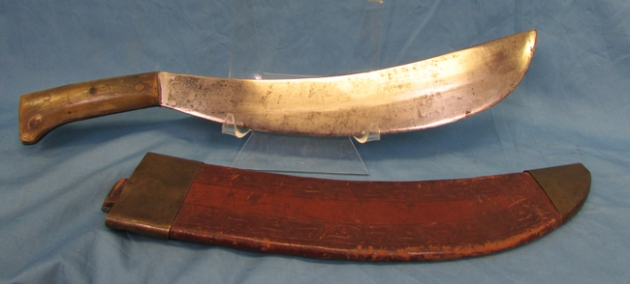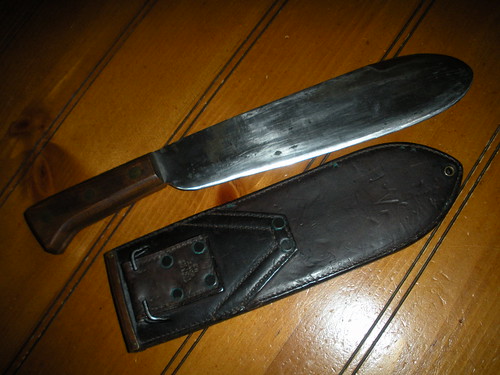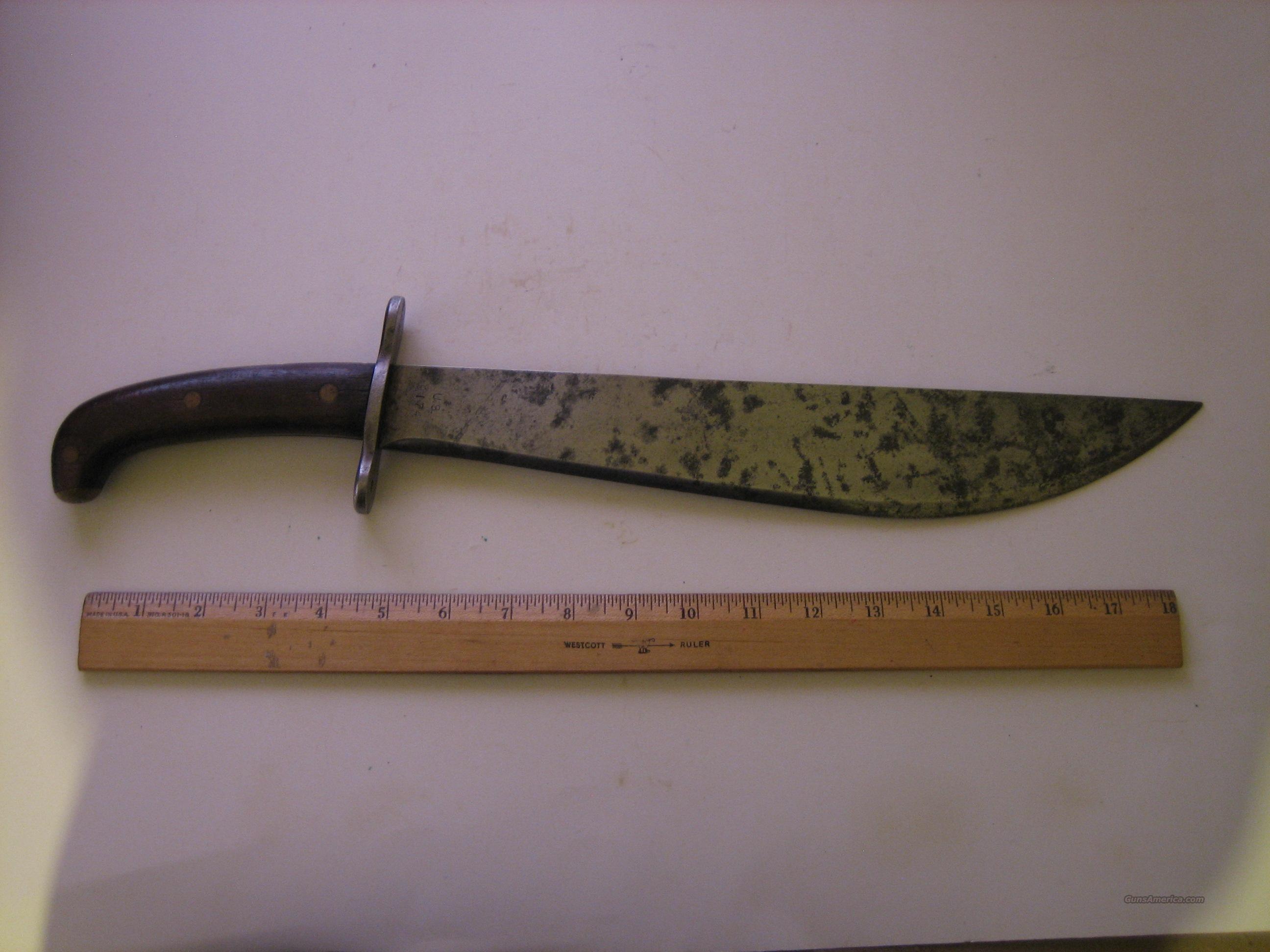- Joined
- Jan 6, 2016
- Messages
- 1,012
That a Thai Enap knife used by the Hmong.
n2s
It was made in northern Thailand, though I don't know if was in a hilltribe village or a camp for Lao refugees. And I think it was made by a different group, not Hmong. I seem to recall Yao (Mien). (A missionary brought them to me.) I have quite a few Hmong knives that I acquired during my year or so working in a Hmong (Lao) refugee camp in northeast Thailand (Loei). This style is a bit different.
I used to help the smiths in the camp get supplies from town, mostly good quality files.








